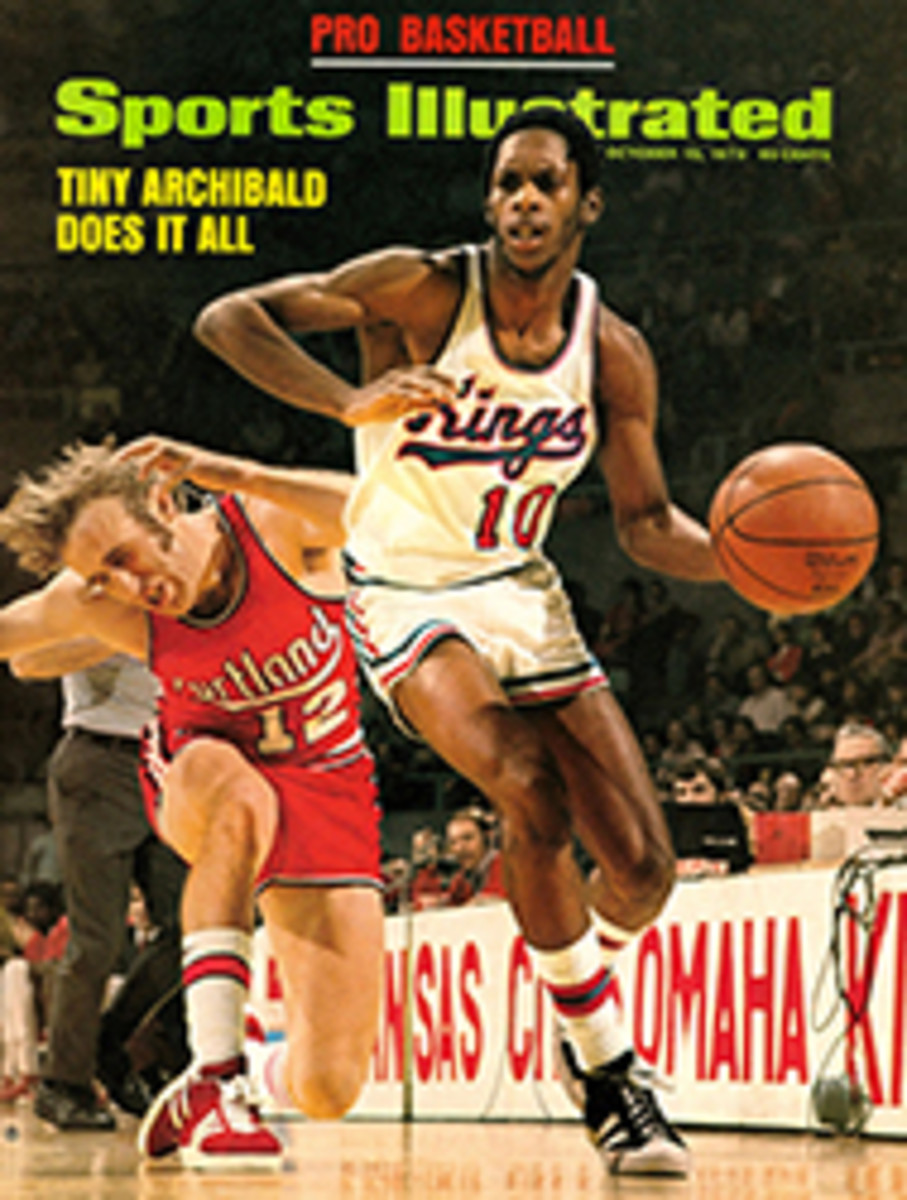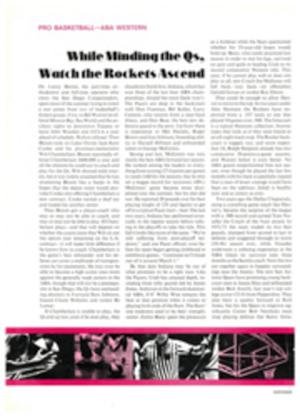
Have Barrel, Will Travel
More than anything in this world, Annie Edson Taylor wanted fame and fortune. To attain them she went over Niagara Falls in a barrel, and for 10 years she remained the only person to have made that extraordinary journey.
Mrs. Taylor was not a giddy girl. The day she "shot the falls," Oct. 24, 1901, was her 43rd birthday, and the plump widow from Bay City, Mich., a staid ex-schoolteacher, had never done anything daring in her life until that chilly day in October. It seemed at the time an all-but-inexplicable act, as unexpected a search for instant fame and wealth as one could imagine.
A solidly built, 160-pound woman with a penchant for voluminous black dresses and large-brimmed hats, Annie Taylor showed up at Niagara in September of 1901 and made public her intention of going over the falls in a wooden barrel. No one believed her.
A couple of weeks later she returned with a jerry-built barrel of her own design. Men were quick to point out that she was not much of a barrel designer, but ignoring their unasked-for advice, she sent the barrel over the falls on a trial run with a reluctant passenger, a cat. Much to the men's chagrin, the barrel was retrieved in almost perfect condition, though the same could not be said for the cat.
The barrel, made of Kentucky oak, stood 4½ feet high and was three feet in diameter, tapering down to 15 inches at the base. A 100-pound anvil weighted the bottom, and the interior was lined with leather and had two strong leather loops for her elbows. A special harness connected her securely to the anvil.
Not only serious about her stunt but eager to get on with it, Annie arrived early at Port Day on Oct. 24 and waited impatiently for the two men who had agreed to tow her barrel. Fred Truesdale showed up promptly at two, but Fred Robinson was late. He had been talking to the police, who informed him he might find himself in serious trouble if things went awry.
"I ain't going to be a party to the murder of any woman," said Robinson, backing out. William Holleran, having no such scruples, volunteered his services. He and Truesdale loaded the barrel into the boat and prepared to row to Grass Island, from which point they would tow the barrel into the stream.
Mrs. Taylor prepared to embark.
"Goodby, Mrs. Taylor," several spectators called out politely.
"Au revoir," replied Annie Taylor elegantly. "I'll not say goodby because I'll see you soon."
"We hope so," responded the crowd respectfully, though undoubtedly Mrs. Taylor was alone in her belief: her business manager, F. M. Russell, a lily-livered little man, betook himself to the nearest bar, where he hid out till it was all over.
At 3:50 the rivermen pulled away from Grass Island, towing the barrel. It was Holleran's job to select a current that would carry the barrel over in the center, where lay Annie's only chance. After careful scrutiny Holleran selected a current. Truesdale was preparing to cut the towline when he heard a faint rapping and a muffled voice.
"The barrel is leaking."
"How much water is there in it?" asked Fred.
"About a pailful."
"Well, that won't hurt you," Fred assured her. "You'll be over the falls and rescued in a few minutes. We're going to cast you off now. Goodby."
"Goodby," from the barrel.
Truesdale cut the rope at 4:05. The crowd yelled, "She's off!" and cheered wildly as the barrel danced and bounced in the foaming rapids. Picking up speed, it raced toward the thundering falls, reaching the brink in 17 minutes. There, on the very edge of the cataract, it caught on a sunken rock. For a fraction of a second it stood straight up, as if surveying the fearful drop before it. Then over it went and disappeared.
In less than a minute spectators let out a shout. Bobbing out from under the falls, the barrel caught in the Maid of the Mist eddy and drifted toward a huge rock about 500 feet downriver. When it was close enough, Engineer John Ross hooked it to safety. No sound came from within as he prepared to pry off the lid, and a hush fell over the spectators. The prospect of a corpse being lifted from the barrel was more than they had actually bargained for. It was with an effort that Ross got the lid open. A white hand slowly emerged and waved feebly.
"My God! She's alive!" he shouted. The crowd yelled with unrestrained joy; river boats blew their whistles. F. M. Russell emerged from the bar.
A carriage took Annie to the Oxford Hotel where three doctors attended her. Badly bruised and in a state of shock, but with no broken bones, Annie lapsed into occasional delirium, asking vaguely, "Have I gone over the falls yet?" At other times she earnestly thanked God for sparing her life. To newspapermen gathered in her room, she gave a sound piece of advice: "Don't try it."
Assuming the title "Queen of the Mist," Annie waited for offers and the money she expected to flow in: she envisioned herself electrifying audiences all over the nation with her spellbinding story, becoming richer and more famous with every appearance.
But the rigidly corseted, prosaic-appearing schoolteacher, dressed in somber black, was something less than a sensation. Her very ordinary appearance belied her heroism, and she had absolutely no sex appeal. In her raspy monotonous voice her exciting story had all the suspense and drama of a corporation financial report.
Bitterly disillusioned, she returned to her scene of glory, Niagara Falls. There the "Queen of the Mist" sat beside a replica of her barrel, eking out a scanty living by selling autographed pictures of herself. Just a few days before her death on April 29,1921, she made her last statement to the press: "I did what no other woman in the world had nerve enough to do, only to die a pauper."
She is buried in Oakwood Cemetery under a small headstone that a few old friends chipped in to buy. There is no date of birth or death, no mention of husband or child. An 18-word inscription tells her life.
ANNIE EDSON TAYLOR
First To Go Over
The Horseshoe Fall
In A Barrel And Live
OCTOBER 24, 1901

